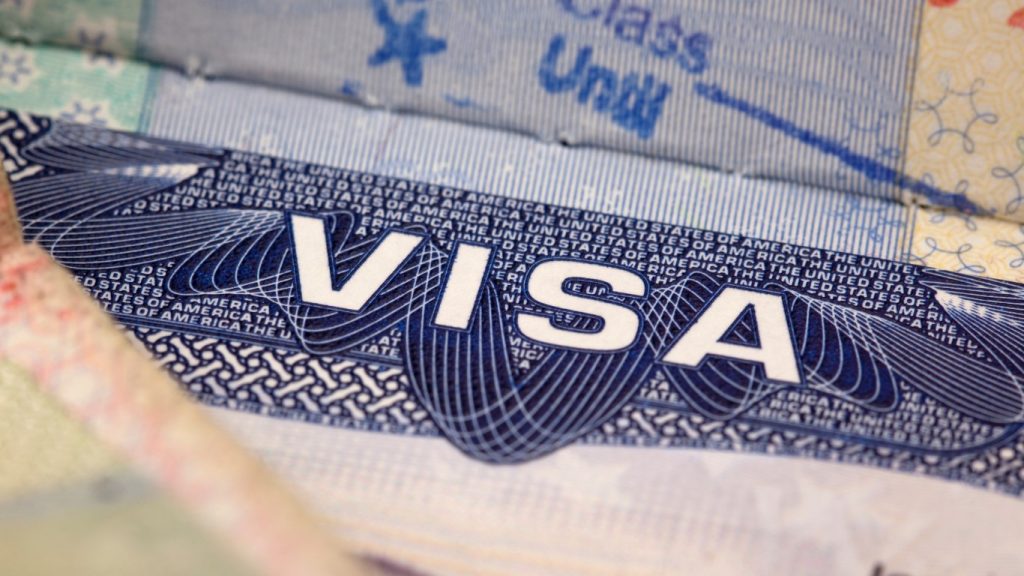Table of Contents
ToggleThe Australian government is making significant changes to the English language proficiency standards for student visas starting in early 2024.
This blog dissects the specifics of this enhancement, emphasizing its role in supporting improved learning and employment outcomes.
Updates on Temporary Graduate Visas in 2024
Dive into the dynamic changes surrounding temporary graduate visas as part of Australia’s evolving migration system. Explore the nuances of these updates, shedding light on how they align with the country’s workforce needs.
Starting in mid-2024, the government is set to “strengthen and simplify” temporary graduate visas, bringing about the following changes:
Age Limit Adjustment
- The existing age limit of 50 is significantly lower now that applicants must be under 35.
Reduced Visa Duration
- The initial temporary graduate visa duration will undergo a reduction:
- Two years for those with a bachelor’s or master’s degree by coursework.
- Three years for individuals with a master’s by research.
Additional Visa for Regional Students
- Students in regional areas will have the opportunity to apply for a second visa lasting one to two years, depending on their specific location.
These modifications are part of a broader strategy aimed at minimizing the number of long-term temporary visa holders, as highlighted by Perkins.
Introducing a Specialized Visa for In-Demand Skills

Discover the intricacies of the latest addition to Australia’s visa categories – a tailored visa designed for individuals possessing high-demand skills.
Examine the importance of this change and how it will affect the labour force in the country.
Perkins emphasized a significant upcoming transformation in employer-sponsored visas, marking a substantial shift.
The government is set to introduce a new four-year temporary skilled worker visa named the “Skills in Demand” visa.
This initiative is designed to provide workers with increased flexibility to change employers and establish potential routes to permanent residency.
This visa, which is expected to go into effect in late 2024, will take the role of the current Temporary Skill Shortage visa (Subclass 482) and grant holders the ability to live and work in Australia as long as they are employed full-time by their sponsoring company.
Three tracks will be available for the “Skills in Demand” visa. The first will be a specialized skills track that expedites applications for highly skilled workers.
In order to qualify, people must first make at least $135,000 in any employment—except laborers, drivers, machinery operators, and tradespeople.
The government has pledged to streamline the application process and reach a median visa processing period of seven days.
Perkins commended efforts to enhance accessibility to employer sponsorship and expand options for permanent residency. She highlighted the attractiveness of faster processing times, especially for highly skilled workers.
In contrast to global standards, the complexity and duration of Australia’s employer-sponsored program may lead to a potential loss of skilled workers, she expressed concern.
Comprehensive Insights into Stricter Language Tests for Student Visas

A detailed exploration of the upcoming changes to language tests for student visas in 2024. Uncover the reasons behind the adjustments and their broader implications on prospective students and the education landscape.
International students and graduates, constituting a significant portion of Australia’s “permanently temporary” migrants, stand as a focal point in government reforms, as outlined in the migration strategy.
In essence, the government’s objective is to enhance the skill levels of incoming students. Perkins noted that if individuals seem unlikely to secure a permanent pathway, there is an inclination to discourage them from pursuing studies in Australia.
Among the various alterations, heightened English language requirements are noteworthy. This year, potential applicants for student visas will need to get an IELTS score of 6.0, instead of the previous cutoff of 5.5.
Alternatively, they can offer a comparable assessment of English language competency, like the PTE, which is becoming more and more well-liked among overseas students who choose Australia as their country of study
Additionally, a temporary graduate visa will now require a minimum test score of 6.5 instead of 6.0.
The government asserts that this adjustment aims to elevate the quality of students’ educational experiences and mitigate the risk of potential workplace exploitation.
Anticipating the Migration Agenda in 2024
Get a glimpse into what lies ahead on Australia’s migration agenda for 2024. Delve into topics such as Migration Program Planning and understand the factors that will shape the country’s migration policies in the coming year.
The plan identifies areas for changes in the future, and these need discussions in 2024. This includes figuring out how to manage migration for lower-paid workers with important skills and adjusting permanent skilled migration.
Additionally, in an effort to assist regions and their workforce, the government is investigating regional migration and the Working Holiday Maker programme.. They will release a paper for discussion on these topics early this year.
Recap of 2023: Key Highlights of Australia’s Immigration Changes
Reflect on the pivotal moments and significant changes that shaped Australia’s immigration landscape in 2023.
This section provides context to the ongoing reforms and sets the stage for understanding the trajectory of migration policies.
Previewing Upcoming Immigration Changes in 2024
Explore the roadmap for immigration changes set to unfold in 2024.
This section outlines the key reforms and highlights the consultation processes that will influence Australia’s immigration landscape in the near future.
Unraveling Net Overseas Migration and Its Link to the Permanent Migration Program
Expand your knowledge of the complex relationship between the Permanent Migration Programme and net overseas migration..
This section elucidates how these components interact, offering insights into the broader framework of Australia’s migration strategy.
The permanent Migration Program stands as just one facet within the broader net overseas migration (NOM) framework.
NOM is made up of all forms of temporary migration, such as students and working holiday makers, as well as Australian citizens, New Zealanders, and humanitarian migrants.
Despite recent upticks in NOM, the dimensions of the permanent Migration Program have seen no increase since 2022–23 and are not the primary driver behind the current NOM escalation.
In the short term, the permanent Migration Program yields only a partial impact on NOM dynamics.
Roughly 60 percent of visas granted under this program are allocated to migrants already residing onshore, situated within established households at the time of visa approval.
The deliberate distribution aids in lessening the direct consequences of the permanent migration programme on housing, utilities, and infrastructure.
